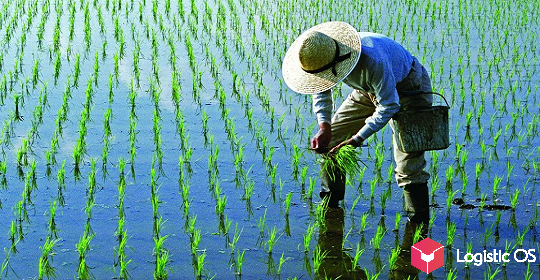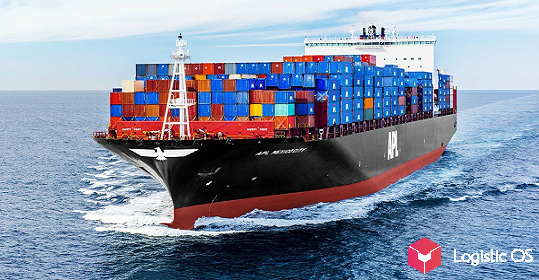The rise in food prices on world markets is largely due to the fact that China has already bought half of the world’s food reserves.
The world’s second economy after the United States became the first in terms of the accumulated amount of food on its territory.
In the Celestial Empire, they began to actively purchase provisions almost from the very beginning of the pandemic, when it became clear that a shortage and an increase in prices could arise.
Currently, China, home to about 20% of the world’s population, owns at least half of the world’s food reserves . This includes corn and other grain crops.
Over the past 10 years, food reserves in China have grown significantly: if in 2012 it owned 40% of the world’s food, now it already owns 50%.
According to experts, such an active purchase of food from China is one of the main reasons why prices for most products have skyrocketed.
Over the past 5 years, the import of grain to China has grown 2-12 times, fruits, meat and dairy products — 2-5 times. The main suppliers are the USA and Brazil.
China will continue to buy food
At the same time, China is not going to be satisfied with what has already been achieved.
As predicted by the US Department of Agriculture, already in the first half of this year, China may bring the amount of corn to 69% of the global volume currently on the market, rice — up to 60%, wheat — up to 51%.
According to Qin Yuyun, a spokesman for the National Food and Strategic Reserves Administration, food supplies are now at an all-time high, they will last at least 1.5 years, even if they are not replenished.
At the same time, according to the General Administration of Customs of China, in 2020, 98.1 billion dollars were spent on food imports. And that’s not including drinks. The indicator is 4.6 times higher than the level of 10 years ago.
At the same time, from January to September 2021, China bought even more food than it had since 2016.
Why does China need so much food?
The main reason is the lack of our own production. In China, the population is growing very quickly, and native agriculture cannot keep up with it.
In addition, most of the land has long been developed, and some of it is also contaminated. Finally, many farmers tend to move to cities, which will also not increase agricultural production in the country.
As a result, all this leads to the fact that food prices have increased by about 30% over the year. At the same time, food inflation is also on the rise. Therefore, in the near future, one can hardly expect that the products will become cheaper.
At the same time, there is no need to fear a shortage of grain: as noted in the US Department of Agriculture, in 2022, in many producing countries, sown areas were increased for it.

